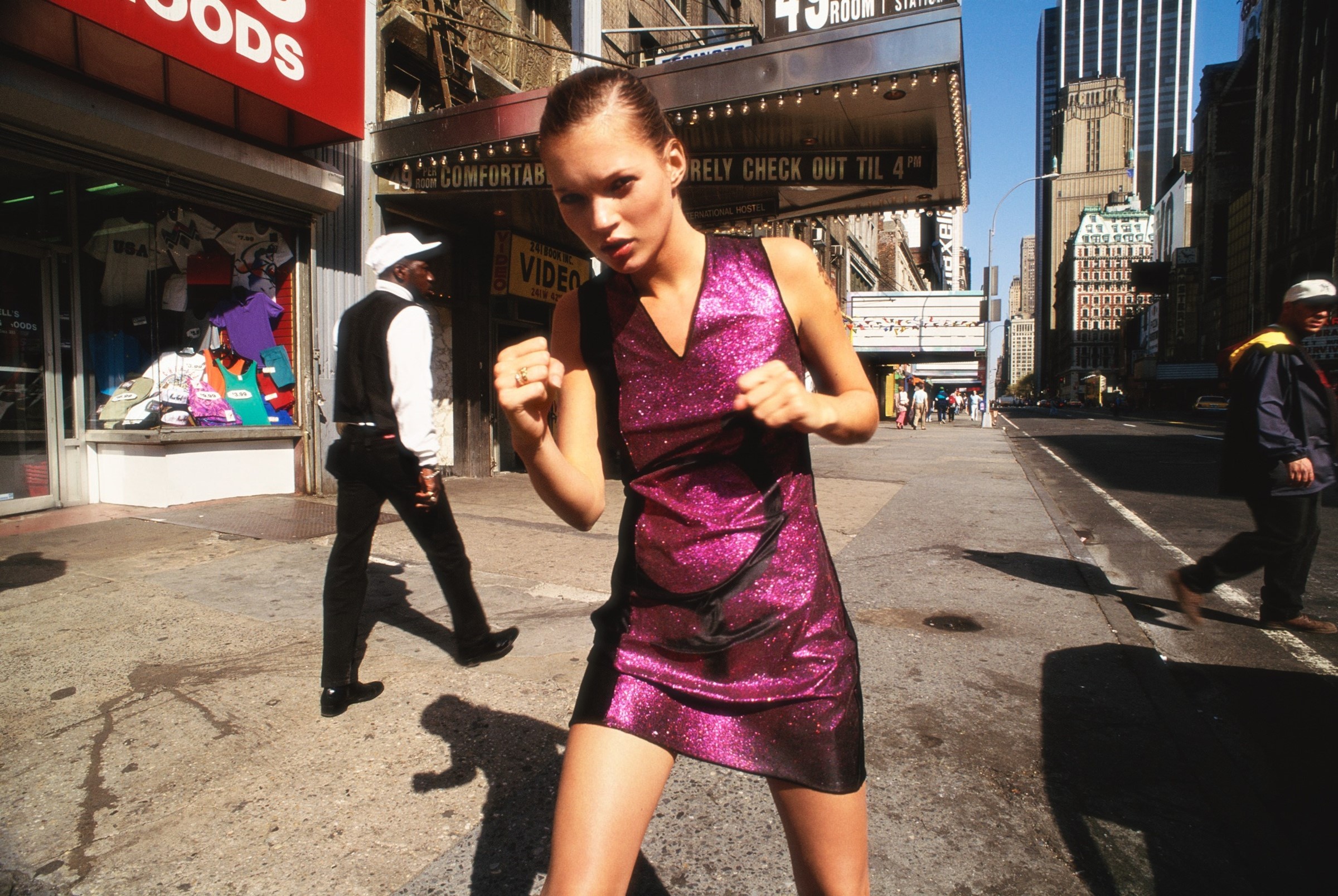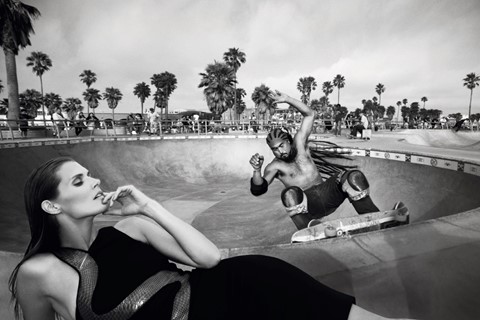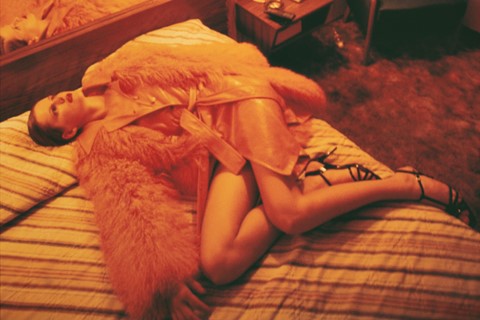In the late 1990s, Glen Luchford was commissioned by British Vogue to photograph the artist Jenny Saville. Luchford was then an emerging fashion photographer, who had shot for The Face, while Saville was an emerging artist, who had just exhibited at the Saatchi Gallery. “Jenny had this incredible studio full of paint, sketches, pictures of plastic surgery and disfigurement and car crashes, and De Kooning and Soutine, all sort of scattered all over the place – just carnage everywhere,” Luchford remembers. “I had such a great time with it that I forgot to take the picture and left.” When he returned a few days later to take a portrait of Saville, she pressed her face against a piece of clear perspex, flattening her skin and squashing her features. “When I look at that picture of Jenny, I see the kernel of an idea that then became a four-year project,” says Luchford, as a series of collaborative photographs made in that visceral style were later exhibited in the celebrated show Closed Contact. “I learned a lot from that, in that period of time. For me it was the beginning of a really good journey.”
One of these photographs of Saville features in Luchford’s online exhibition Selected Works 1990–2020. That his subversive portrait of Saville, one of the most exciting contemporary painters, sits alongside editorials from magazines like The Face, Self Service and Harper’s Bazaar, fashion campaigns and portraits of cultural icons like Björk showcases the breadth of Luchford’s photography practice. “It was sort of cherry-picking my favourite pictures, the ones that seemed appropriate for this show,” he explains of the 50 photographs.
Selected Works 1990–2020 is an online exhibition, designed with software that cleverly mimics the in-person gallery experience virtually: viewers are presented with a room, with prints hanging on the walls and the options to zoom into particular works, or take a guided tour. Luchford described the type of space he wanted to exhibit in – with large prints on white walls, the room somehow feels airy to browse through – and the show was built around that. “It’s like playing with a sophisticated Lego set,” he laughs. “I think the technology will just get better and better, especially during Covid-19 because all the museums and exhibition spaces were closed.” Selected Works 1990–2020 was going to be a real exhibition later in 2020, but Luchford’s plans were curtailed by the pandemic that forced museums and galleries to close.
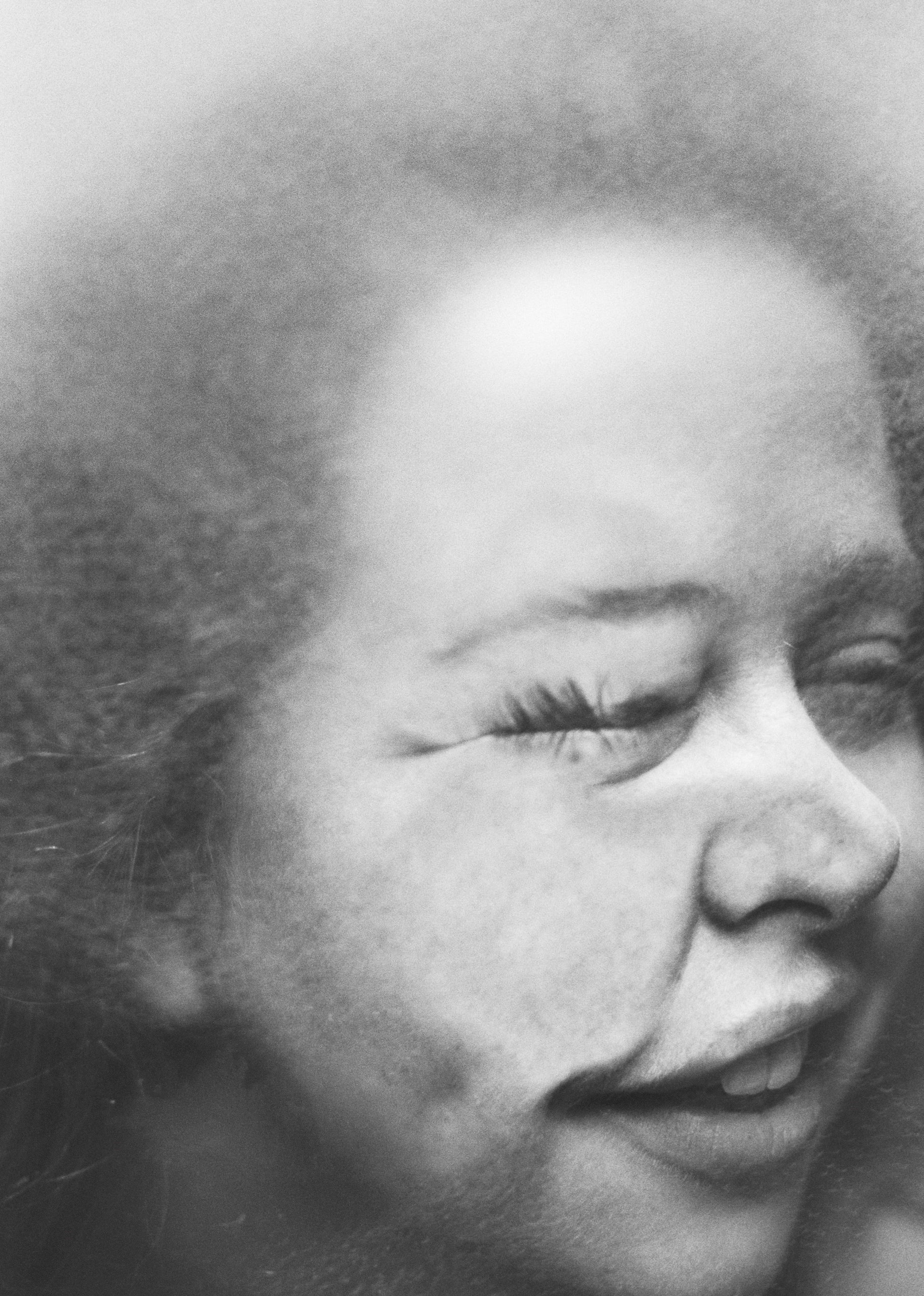
As such, the exhibition, which is hosted on Art Partner’s website, was conceived and created while Los Angeles, where Britain-born Luchford is based, was in lockdown. Luchford took the enforced break as an opportunity to reset. “I’m normally so busy, but this allowed everything just to slow down to a snail’s pace,” he says. Many of fashion’s biggest players have announced plans to scale back, rethinking the amount of collections and shows brands might stage each year. A few days before Selected Works 1990–2020 opened, Gucci – a brand Luchford has collaborated with frequently, in recent years on seasonal campaigns – announced it would reduce its shows from five to two per year. “Above all, we understand we went way too far. Our reckless actions have burned the house we live in,” said Alessandro Michele, Gucci’s creative director. Luchford is in agreement: “I liked the courage and bluntness of Alessandro’s statement. We need to start looking at how we can be less wasteful and do things in a more coherent and refined way – these things have just grown and expanded, and I don’t think it’s going to hurt for that to get smaller.”
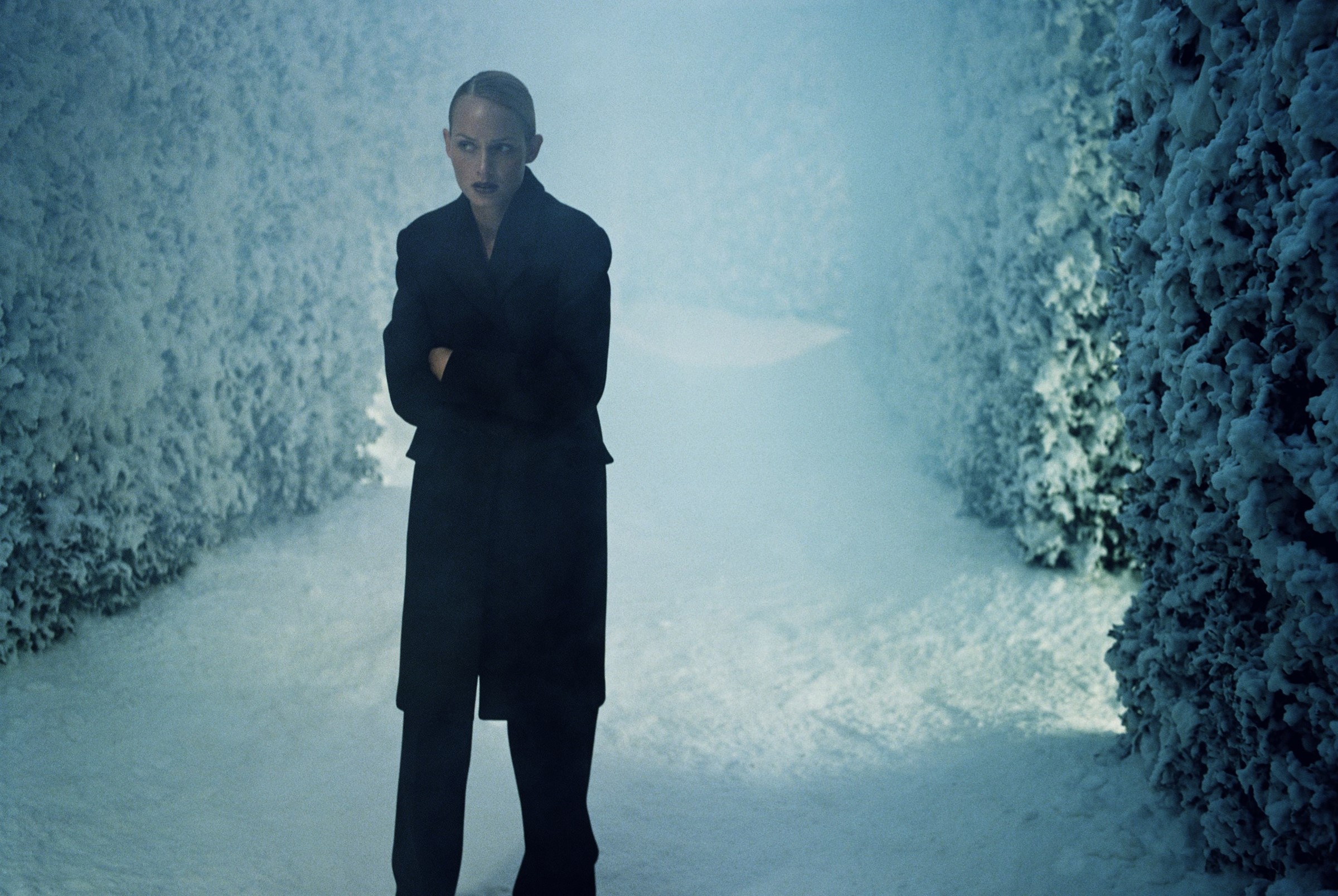
Among the editorial and personal work Luchford has created over his career, he has broken boundaries with his fashion campaign images. In the 1990s Luchford shot atmospheric campaigns for Prada – including Amber Valletta lying in a boat in the middle of the dusky River Tiber with small fires burning in the distance, or standing in a misty, snowy garden – that broke the mould; some of the images are now in the V&A’s permanent collection. For Gucci, Luchford has orchestrated epic scenes: from a 1950s Hollywood musical and a recreation of Noah’s Ark to reimagining a ‘classic symposium’ in the ancient Greek city of Selinunte, complete with punks, surfers and bodybuilders. There is drama to Luchford’s campaign photographs – sometimes mysterious and brooding, others outlandish and vivacious – and they’re often described as cinematic. “Rather than just posing a model and blasting them with flash lights and having them stare at the camera, I’m always looking for a sort of in-between moment – I guess that’s why people say they look like film stills,” he says. “I feel like when you do that, it creates an atmosphere where people can read more into the picture; they’ll see something in the expression or try and figure out what was going on.”
Putting together a retrospective show like Selected Works 1990–2020 might make an artist nostalgic, but Luchford is excited about the future, particularly after having been able to stage an exhibition that anyone around the world can visit from a computer. “I’m more excited about the technology going forward – I like the idea of something new,” he says. The show wasn’t a case of poring over his archive – which “can be tedious”, he says – and he made the selection quickly. Happy surprises can come from sifting through the years, though: “You sometimes find these little gems that you’ve lost,” he says of his archive, describing the discovery of some old pictures of Kate Moss and Mario and Davide Sorrenti among the “treasure trove”. Luchford started shooting for The Face as a teenaged, self-taught photographer, and over the decades has established an idiosyncratic, much in-demand style – instantly recognisable in the pages of magazines or on vast billboards.
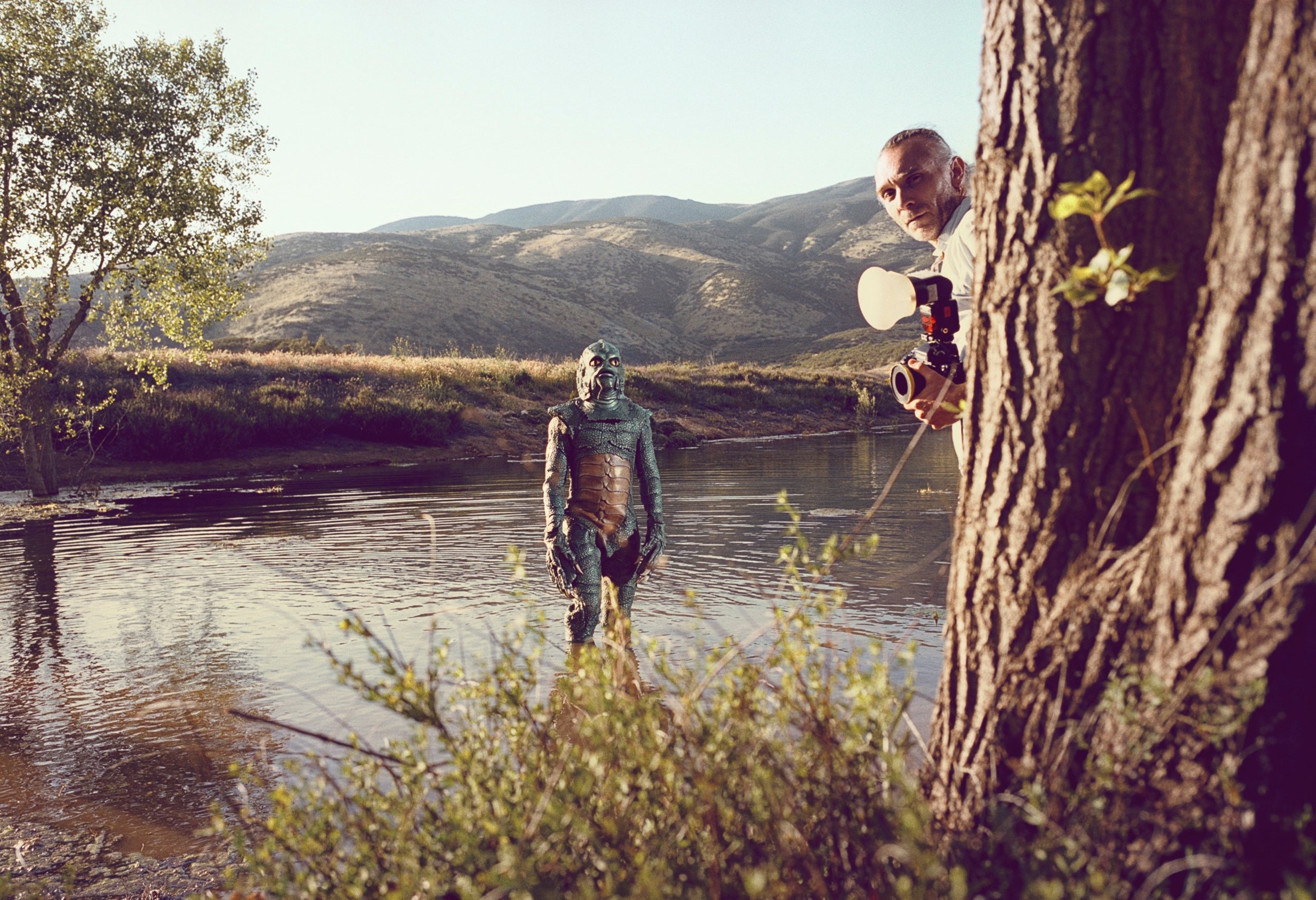
Thinking back over his career, he cites lessons learned as a young photographer. “My first ever job for The Face magazine was of The Stone Roses, and it came out really well so a couple of months later, I was commissioned to photograph them again. In those days, because I didn’t know much, I was very nervous and anxious on set, so I planned out exactly what I was going to do. When I arrived, John Squire said ‘we’re going to lay on the floor, and we’re going to put tape around our bodies, like a crime scene’. It wasn’t the idea that I had, so I said no! And quite frankly, my pictures were nowhere near as good as they would have been if I’d done what they said. It was painful, but I learned that you’ve gotta be a lot looser on set – from that ridiculous situation came a very valuable lesson that served me well over the next 25 years.”
Selected Works 1990–2020 by Glen Luchford is online until June 30, 2020.
